

What is Canless Recessed Lighting?
Canless recessed lighting, also known as “canless downlights” or “wafer lights,” are recessed lighting fixtures that do not require the usual can or housing. Traditional recessed lights typically have a case or can installed in the ceiling to contain the light bulb and its components. On the other hand, canless recessed lights are designed to be slim and small without any need for separate housing.
The Benefits of Canless Lighting
Energy Efficiency and Lifespan
One of the most unique features of Canless LED Recessed Lighting is its exceptional energy efficiency. When compared to traditional incandescent or fluorescent bulbs, LED lights use much less energy resulting in huge savings on electricity bills. Furthermore, Canless LED Recessed Lighting has an impressive lifespan thus offering users dependable and durable lighting solutions requiring minimum maintenance.
Sleek and Versatile Design


Canless LED Recessed Lighting is designed to blend seamlessly into any space, with a sleek modern look that enhances its general feel. These recessed lights stay hidden discreetly on ceilings due to their low-profile design giving them an uncluttered look with a beautiful appearance.
Enhanced Lighting Control and Flexibility
These LED-recessed lamps offer advanced dimming capabilities for regulating the intensity of light according to personal preferences and needs. For example, you could use it during a friendly evening as soft ambient light or when working you may require sharp focus illumination; this product provides perfect control over lighting conditions.
Environmentally Friendly and Sustainable Choice
For those looking to minimize their carbon footprint, these fixtures provide an eco-conscious choice. They consume far less energy than traditional ones while having an extended life span which reduces greenhouse gas emissions hence conserving natural resources.
It’s Very Easy to Install


Recessed lights are among the most popular types of lighting fixtures. They will work well in virtually any kind of ceiling and are a great way to illuminate spaces. It’s easy to install them. Moreover, you can do it yourself without hiring professionals since they have an easy installation process.
Pros and Cons of Canless Recessed Lighting
Canless recessed lights are a better option than traditional fluorescent and incandescent lights. They last longer and have a cooler temperature than the other alternatives.
Pros:
- It can last longer than its counterparts.
- It comes with a long lifespan like 50,000 hours.
- These Canless lights are more energy-efficient than their counterparts.
- These LEDs come in different color temperatures that range from warm to cool.
Cons:
- These LED canless lighting can be more expensive upfront when compared to other light types.
Best Places for Canless Fixtures
Residential Spaces
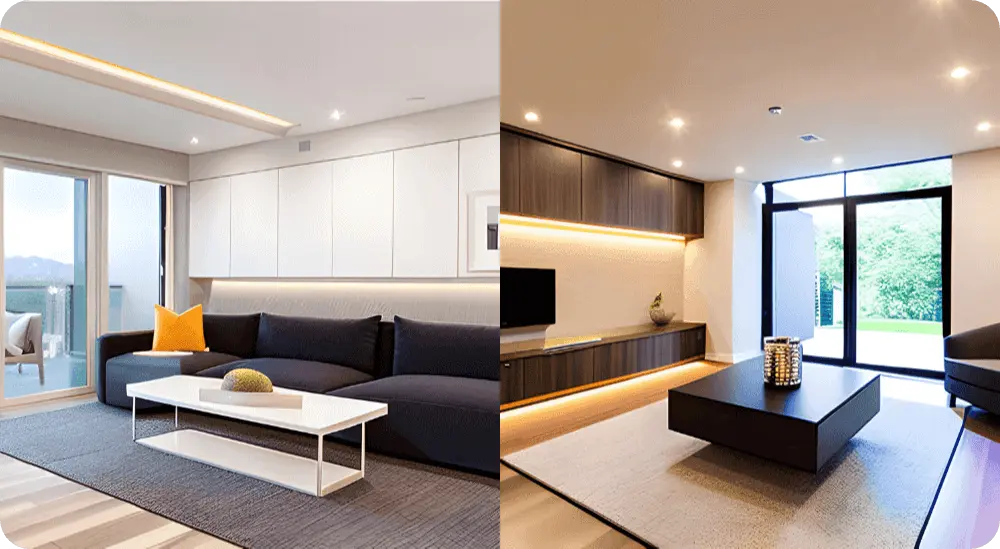

Canless Recessed Lights rule the world of domestic dwellings, providing an exquisite variety of energy-efficient brightness to distinct nooks. These recessed illuminators are used for a variety of home lighting needs, from creating a cozy atmosphere in the living room to delivering task-specific brightness in the kitchen.
Commercial Environments
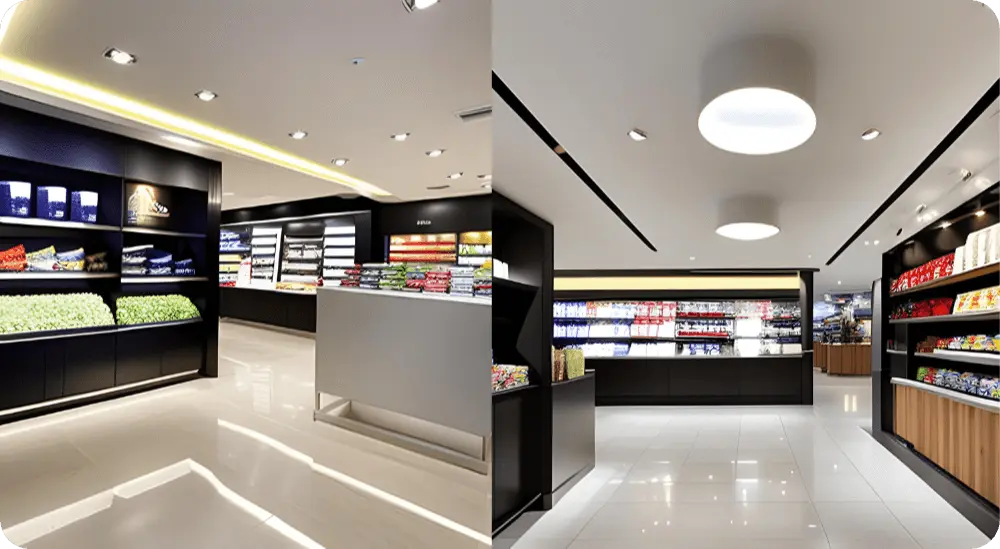

Canless Lighting enters the business world, retail spaces, and hospitality havens as low-cost, environmentally friendly lighting options. Businesses can create the ideal atmosphere because of its adaptability to changing brightness, which enhances the entire customer experience.
Art Galleries and Museums


This luminous marvel is the ideal ally for the world of art, well suited for illuminating artwork in galleries and museums. Priceless artworks are bathed in vivid splendor thanks to expert control over light dispersion, all without the risk of harmful UV rays.
Outdoor Illumination
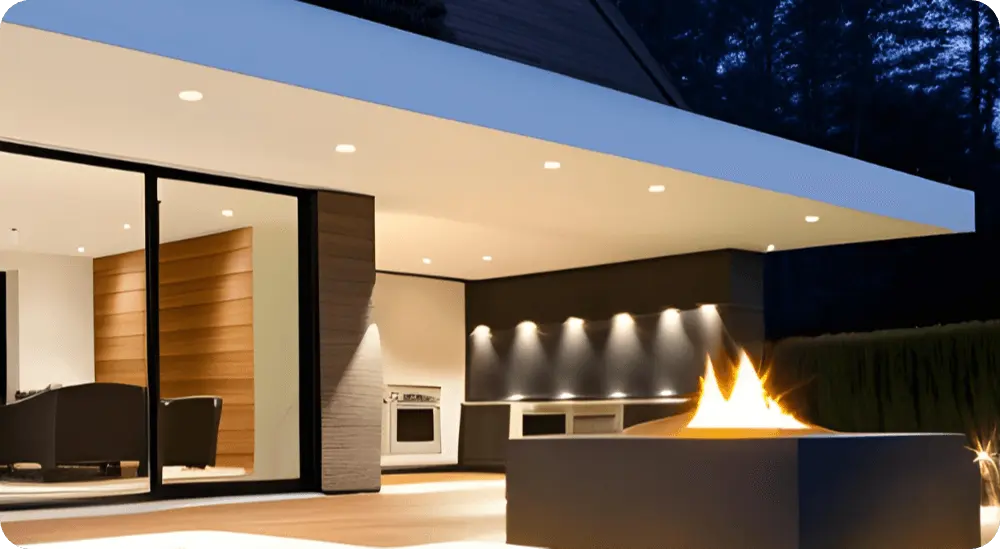

These lights transcend the boundaries of domesticity and adorn exterior spaces with their weather-resistant beauty and energy-efficient design. They warmly greet guests by illuminating landscapes, patios, and roads.
Canless LEDs vs. Halogen vs. Fluorescent Lights – Which Should You Use?
The most popular type of light bulb on the market today is Canless LED fixtures. It provides the same brightness as a halogen bulb but uses a lot less power. Also, since LEDs last longer than other types of bulbs you can save money switching to them in the long run.
Halogen lights are also very popular because they tend to be brighter than fluorescent lights. They also come in various sizes and shapes that best fits your needs.
Fluorescent lights are usually the cheapest for home or office lighting however; they do not last long as compared to other light bulbs as well as produce more heat than other bulbs making it necessary for one to turn off his or her air conditioning more often or risk overheating a room.
Canless Lights Ideal Color Temperature for A Home


Picking the right light color for your home is like choosing your favorite vibe. It depends on what you like, what each room is for, and the mood you want. Here’s a quick guide:
- Warm and Cozy (2700K-3000K): Perfect for chilling in the living room or bedroom.
- Soft and Versatile (3000K-3500K): Works well in any space, balancing warmth and chill.
- Natural and Balanced (3500K-4100K): Ideal for kitchens and work areas.
- Energizing Brightness (4100K-5000K): Great for active spots like kitchens and offices.
- Daylight Feel (5000K and above): Mimics natural light for accurate colors, awesome for studios.
Adjustable lights let you play with brightness and vibes. Try different colors to find what makes your home feel just right.

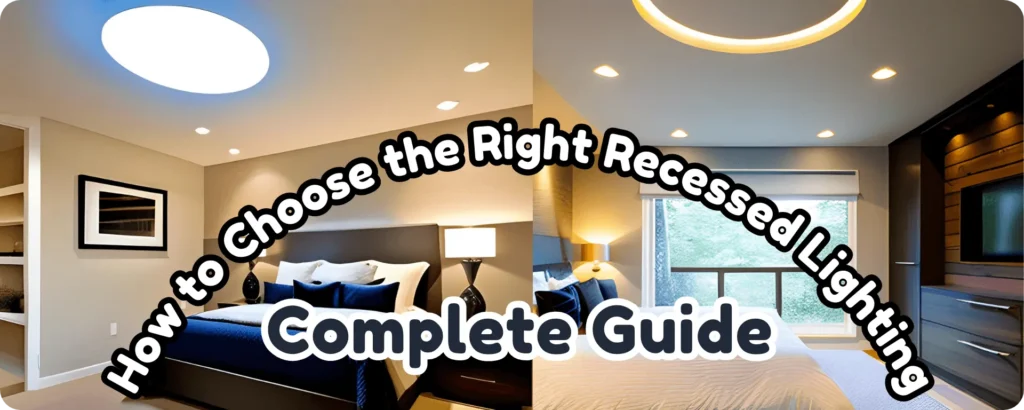
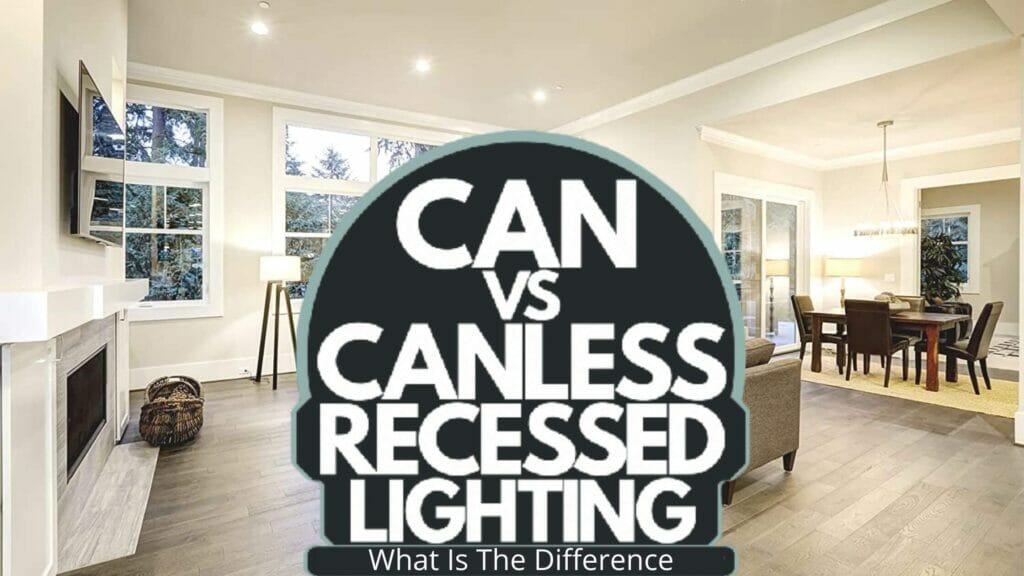
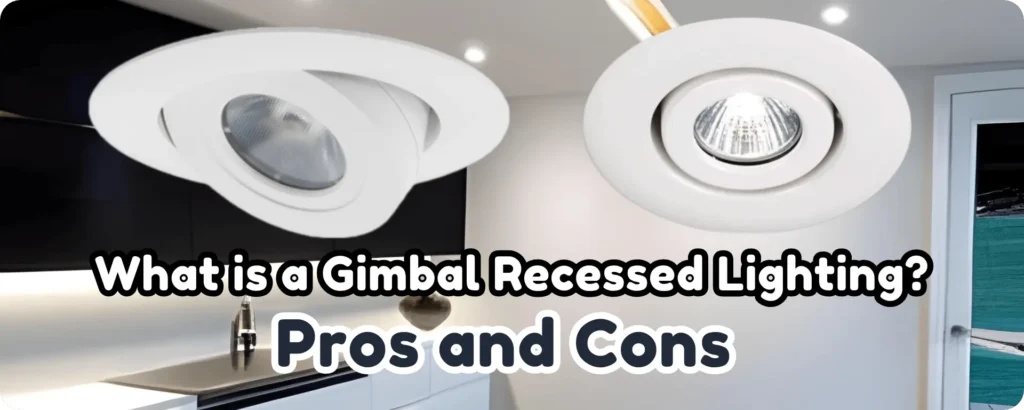
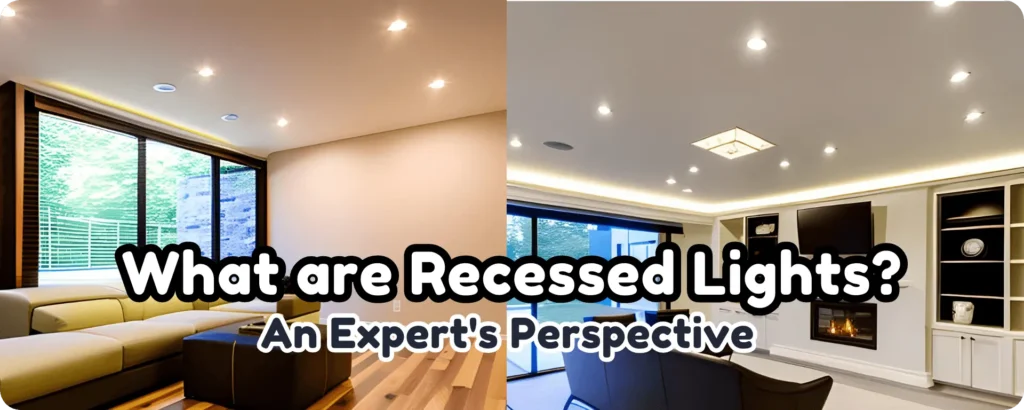

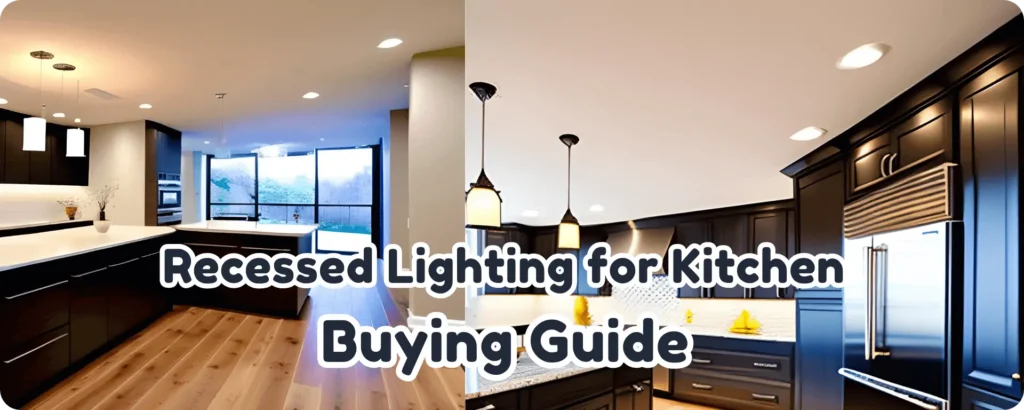
Pingback: Can Vs Canless Recessed Lighting - The Difference
Pingback: What Is Gimbal Lighting & How To Work - Bestlightreview
Pingback: What Is Recessed Lights? Buying Guide For Best Recessed Lights
Pingback: Is Recessed Lighting Outdated? The Ultimate Guideline
Pingback: Complete Guidance To Recessed Led Lights For Kitchen
Pingback: What Is The Recessed Lighting Size For Bedroom? Full Guide